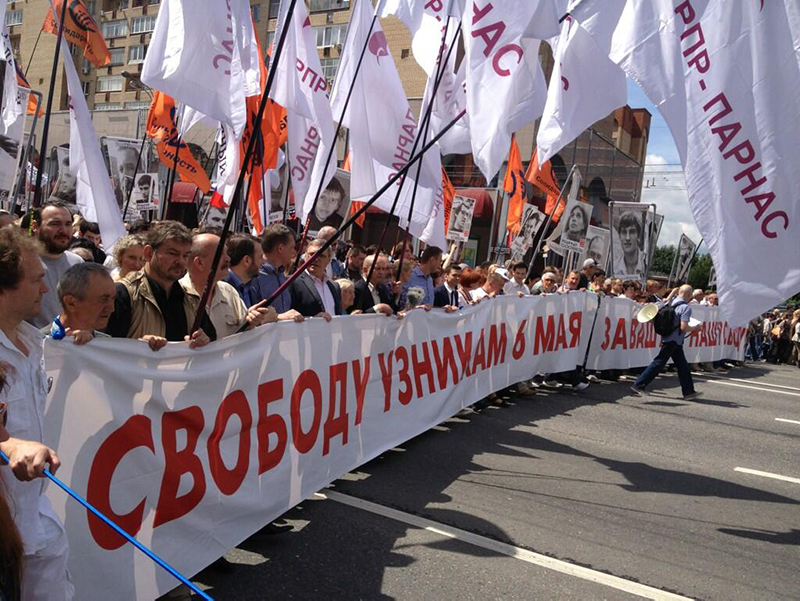1. IntroductionAnd Summary
Nonpartisan citizen election observation groups and other civil society organizations (CSOs) work hard every day organizing citizens, collecting and analyzing data, and making the case for democratic reforms. In more closed environments, they also must push back against infringements by authoritarian power structures. Over the past three-plus decades, the citizen-based electoral integrity movement spread to more than 100 countries and involved more than four million activists. Working to defend and advance universal and equal suffrage through a free and informed choice simultaneously reinforces democratic norms and exposes the repression and political corruption of autocrats. That’s why frustrating citizen election observation is a goal for those who seek to close democratic space and why it is important to invigorate citizen election observation to meet the challenges of closing environments.

Robust and thoughtful election observation and analysis can only foster democratic progress if compelling messages reach changemakers. In an open society they include government officials and legislators, as well as media, advocacy groups, businesses, and citizens in general. In relatively closed societies, traditional media, legislators, and businesses may be controlled by autocratic power structures, making it harder to reach citizens and to effect change. To be effective, election observer groups’ reports, analyses, and narratives need to break through, grab attention, and spur action.
Authoritarians know this, of course, and have taken steps to block, muffle, or discredit these groups and their findings. This includes making false accusations that they are instruments of foreign governments, creating government-organized nongovernmental organizations (GONGOs) to dilute the voices of genuine civic activists, and using “zombie” international observers to produce reports claiming that fraudulent elections are credible. Regimes are also using cyber attacks, online repression and disinformation tactics to discredit and intimidate citizen observer groups as well as broader civil society.
Strategies to close political space and control media in many parts of the world are designed to limit the impact of democratic activists and to tamp down any popular movements demanding accountability and change. Thus, citizen election observer groups have increasingly become the target of repression tactics that are also used against civil society groups more broadly. These include passing laws and regulations that make it difficult, if not impossible, for groups to gain and maintain legal status, or that ban the monitoring of electoral and political processes. Foreign funding or even technical assistance to CSOs has been banned in several countries, and cyber security laws have been weaponized to restrict their work. Authorities have raided the offices of citizen observer groups, and have threatened, harassed, arrested, and imprisoned their leaders and activists.
The National Democratic Institute (NDI) has worked closely with citizen election observation groups throughout the world for more than 30 years. Drawing on this work and, most importantly, the experiences of our partners, it is clear that many citizen observation groups face significant challenges in adapting their communications strategies to effectively address these changing realities. While they may be nimble and strategic about overcoming authoritarian roadblocks to conducting their observation work, they have often had less success in adapting their communications to break through in the digital age, particularly when faced with active measures to repress or distort their messaging.
Communications strategies need to be updated to take into account the effects not only of authoritarian regimes, but also of conflicts and violence, weak or unprofessional media institutions, underdeveloped technological infrastructure, and the promises and pitfalls of digital and social media. Every country faces its own special mix of these challenges; thus, this guide is designed not as a one-size-fits-all solution, but to provide an adaptive process that will help users to identify and work around the specific challenges they and their organization face.
It is also true that not all communications challenges come in the form of outside threats. Sometimes the challenges are internal – leadership that doesn’t prioritize or understand the importance of effective communications, a lack of resources or funding to carry out certain strategies, insufficient staff to do the work, or a lack of expertise in how to plan or carry out effective communications. This guide seeks to build internal expertise and capacity as well as make the case for increased support, resources, and staff dedicated to communications.

This guide is primarily intended to help citizen election observation groups and other CSOs promoting electoral integrity to increase their impact with creative and artful communications. It focuses particularly on ways to break through in closing and closed political environments by developing sound communication strategies, leveraging new opportunities in information communication technologies, and communicating in ways that are more proactive, tailored to specific target audiences, frequent, compelling, and media savvy. While the guide is mainly focused on citizen election observation groups, the principles of good communications are applicable to any number of causes and contexts. CSOs that work on issues other than electoral integrity can use this guide to create impactful communications plans that spur action on the issues they care about. International practitioners can use this guide and the process it lays out to develop effective trainings and provide technical assistance to groups that want to strengthen their communications and outreach.
How To Use This Guide
This guide offers a step-by-step approach to strategic communications planning and programming, starting with defining goals and ending with establishing a division of labor
Each chapter introduces a new concept and component in the strategic communications planning process. The chapters build on each other, and each new chapter relies on the information and work that came before it.
The guide is structured to be used as a workbook or to guide a group planning process. Practical exercises throughout each chapter will allow you and your team to immediately apply the concepts to your own strategic plan. There are hypothetical and real-world examples included in each chapter to illustrate how the concepts and ideas can be used, and case studies at the end to give you a sense of what others are doing and what is possible. By the time you reach the end of this guide, you should have a complete strategic communications plan in hand that you can begin implementing immediately.
Authoritarian actors have become increasingly savvy at using communications strategies to limit debate, close spaces, and silence critics. CSOs will need to increase, amplify, and professionalize their communications approaches in order to overcome these new challenges. We hope this guide will serve as an important tool to help you do just that.